Super Metroid is my all time favorite. That perfect blend of ominous sci-fi ambience with the dreaded sense of being the sole benevolent creature on the whole planet hooked me instantly. I played it for the first time when I was 24, so there is no way I’m mistaking nostalgia for quality. It’s still fresh, still engrossing and still relevant, even 21 years after being released. Brilliant people like Axiom Verge‘s Thomas Happ, or VVVVVV‘s Terry Cavanagh make me I feel like I shouldn’t retire before working on a Metroid-like title of my own too! Well, my Metroid game is not going to be Keen, though its vision of progression and level design was — and is constantly being — strongly shaped by Nintendo’s genre-defining platformer.
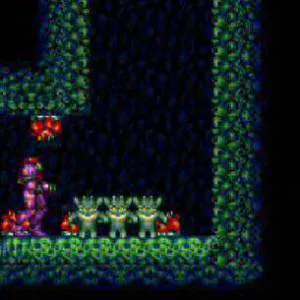
“We’re benevolent too, you ungrateful bastard”
Keen was now being thought as a candy-crushing collection of mini-levels comprising one room each. Similar to the mobile “saga” trend, our levels would be variations of a few main game modes, such as “kill everybody,” “collect all objects,” “survive N waves,” and “time attack”. All that made sense for a casual, mobile free-to-play, but soon that started to feel too shallow to hook players in the long run. It needed a bit of exploration and surprise. We went on to implement a Binding-of-Isaac-esque dungeon crawler level structure, forcing the player to navigate between several rooms within a level. This way it was possible to add Zelda-like soft locks (like keys and switches), ensuring a good amount of backtracking to an otherwise pretty straightforward puzzle game.
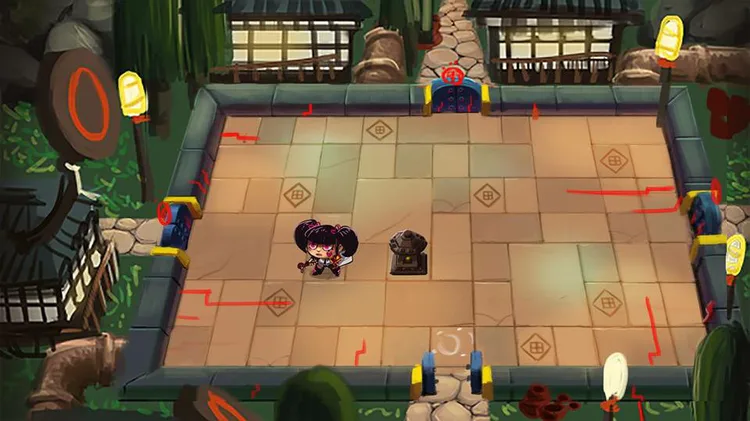
Keen rooms now had doors!
The idea for this crawling mechanic was to make the player pick one of the four directions (represented by open doors) from a menu after the room puzzle was beaten. That was also a very dumb idea, as it ignored the fact that reaching for the doors could work as a mini-puzzle on its own. A couple lines of code later and the player was now able to walk to any door he could reach, which opened a great number of possibilities for intricate dungeon design. Soon the game started to resemble another awesome title I’m very fond of: 1987’s Metal Gear, for the MSX (pictured).

Metal Gear, MSX – A top-down Metroid game, so I have to love it.
Keen still kept a core distinction from Zelda/Metal Gear/Metroid by having several self-contained levels instead of a single, massive level. The level progression in Keen is like if every stage in Mario was a huge Zelda dungeon, or an abridged version of Metal Gear’s Outer Heaven.
In June 2015, Nando and I took a small demo level of Keen to a game developers convention in São Paulo. This time, virtually everybody loved the game (or convincingly lied about it). We even had devkits being offered to us by major console manufacturers! After half a year blindly tweaking the game, seeing all that people playing obsessively through the demo dungeon was very reassuring; we really didn’t see that one coming. Once again, we got back home ready to give our best to overcome yet another challenge: Keen had zero art direction.
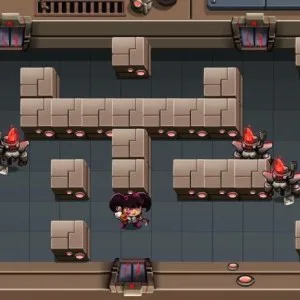
Keen – 2048 meets Metal Gear

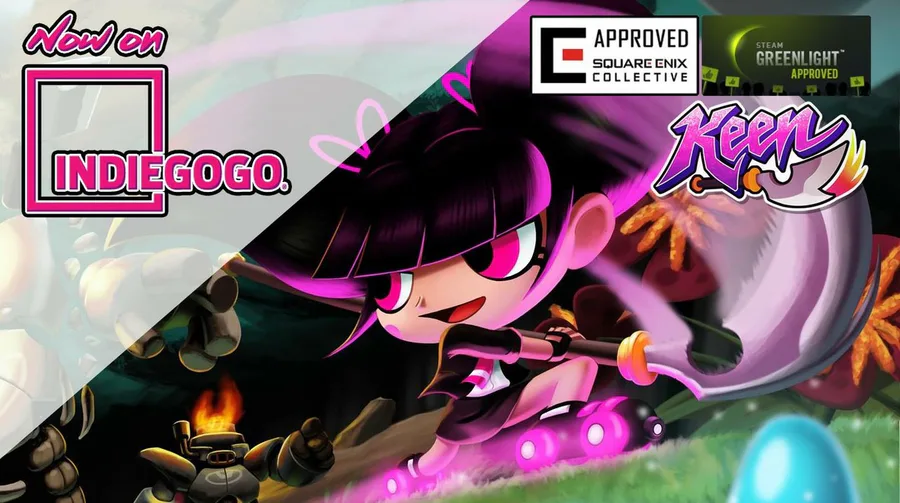
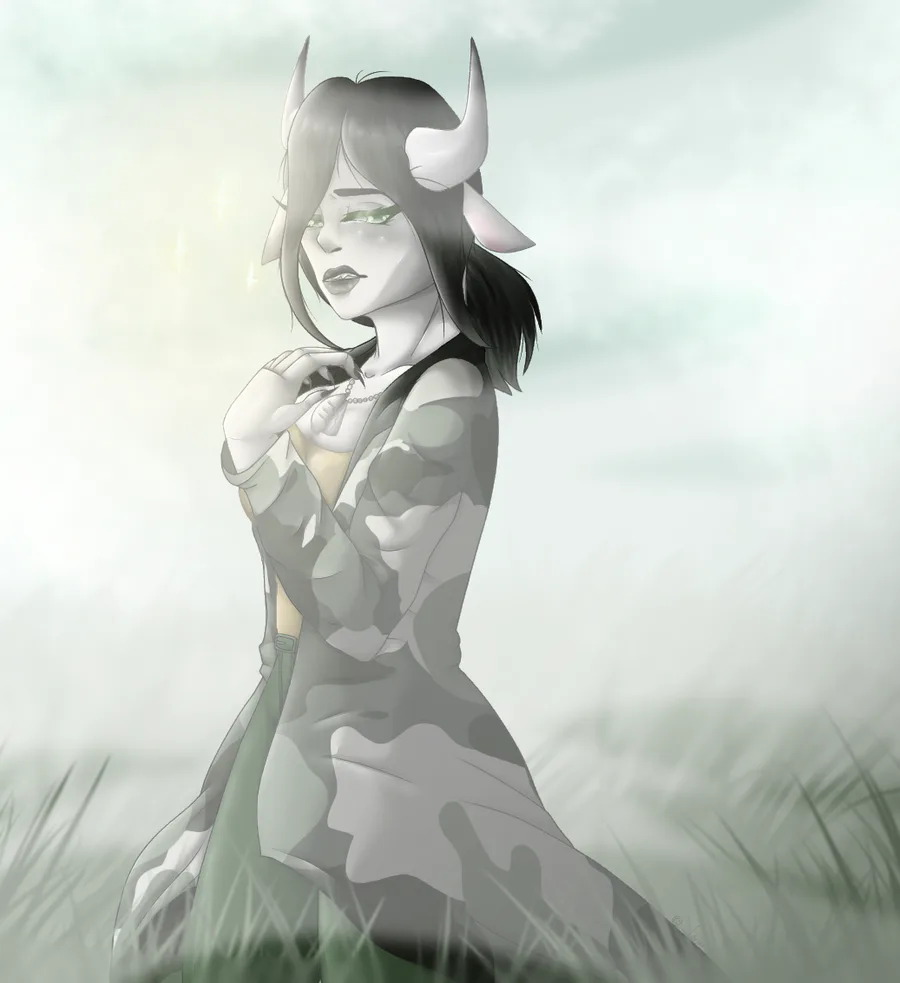

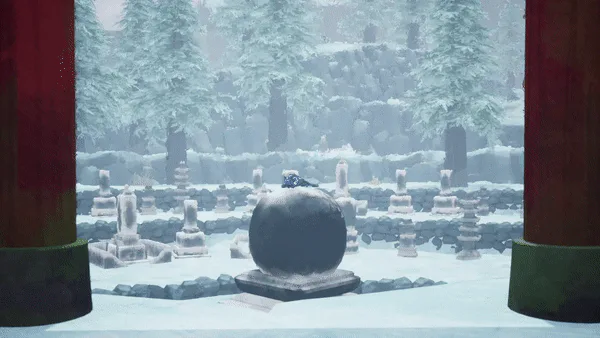
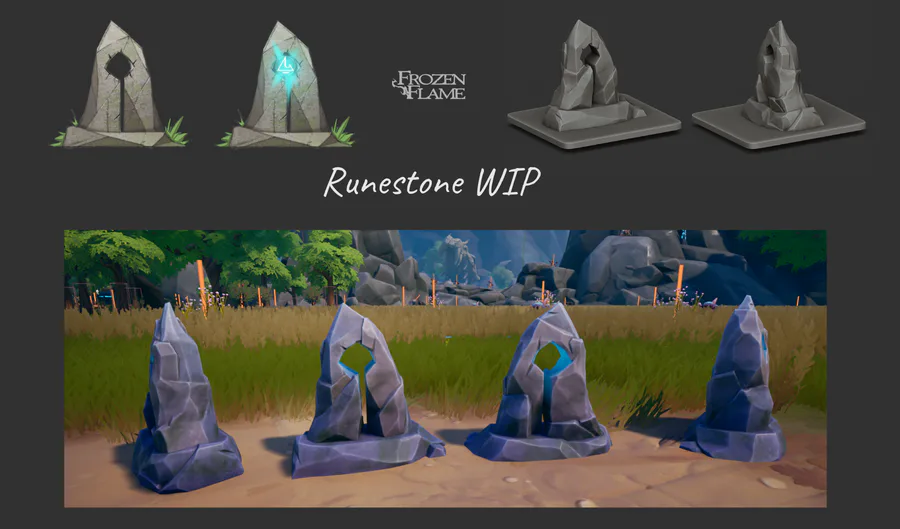
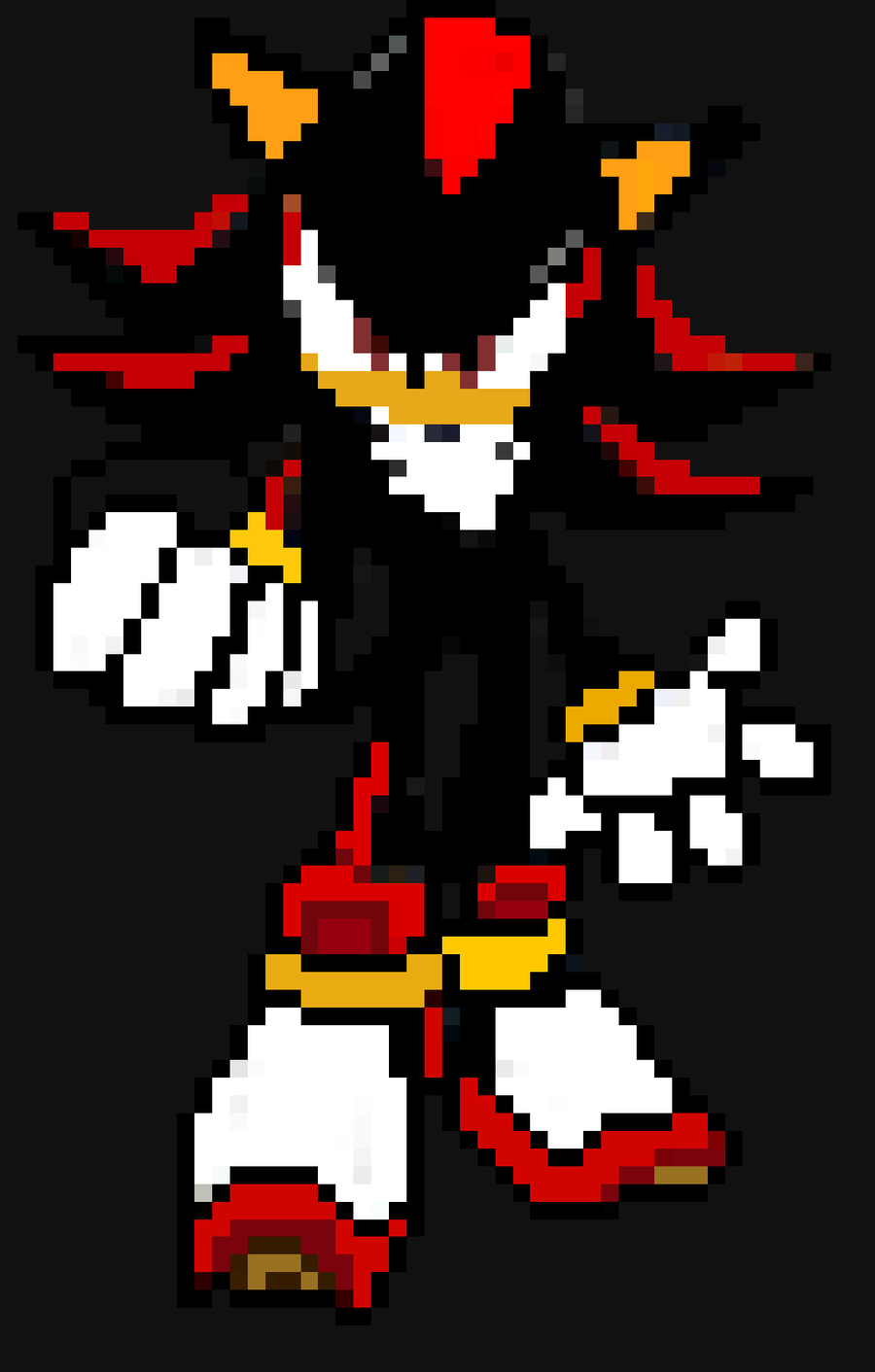
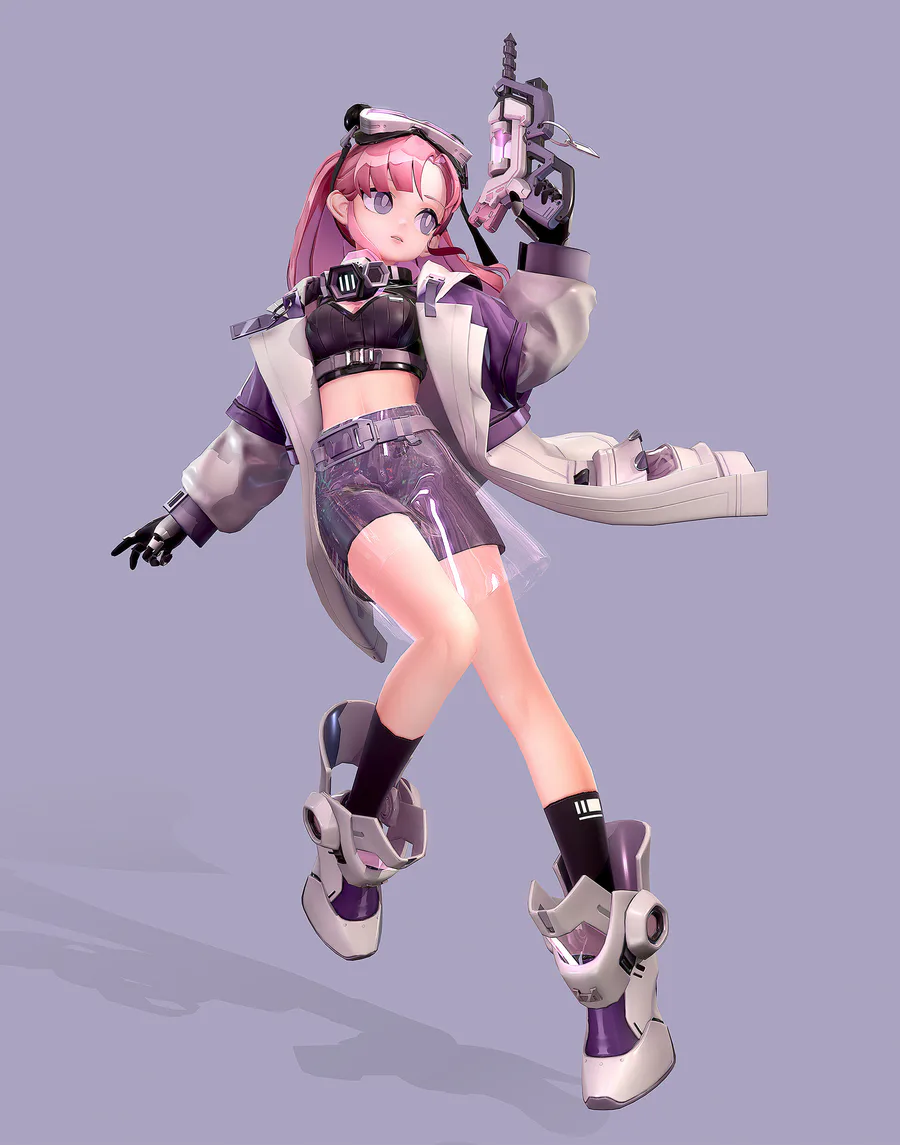

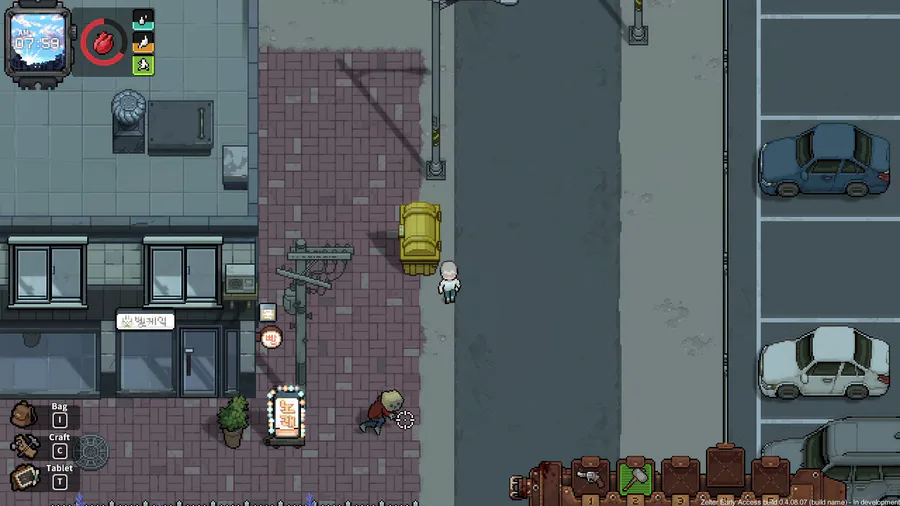
0 comments